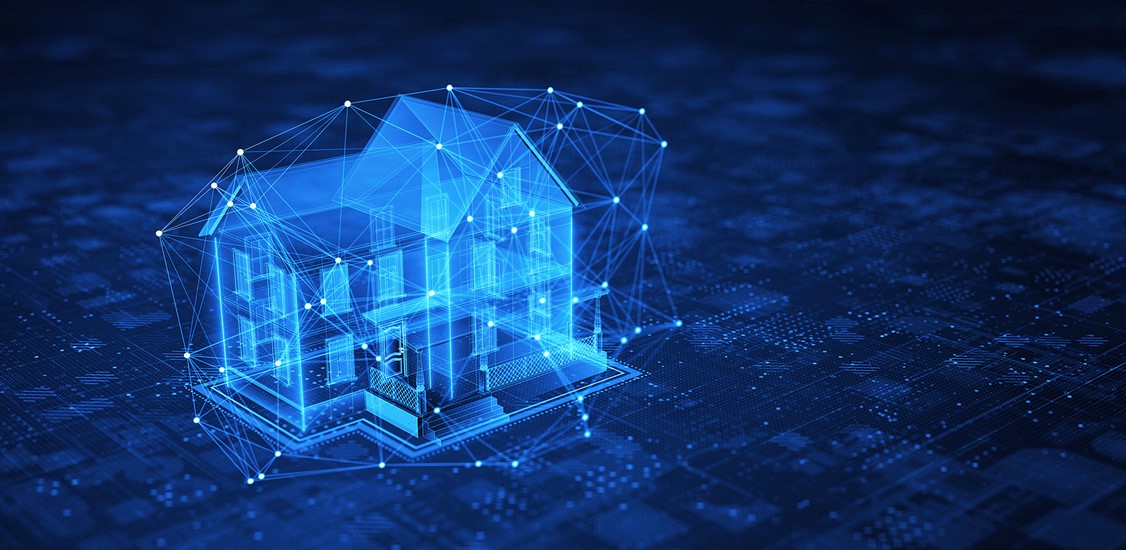Imagine a world where everyday objects communicate with each other and us, altering the way we approach life. Welcome to the magic realm of the Internet of Things (IoT)!
Economic impact and importance of IoT
The Internet of Things (IoT) is poised to have a substantial economic impact. Experts predict that by 2025, IoT could generate up to $11.1 trillion a year in economic value. The economic benefits of IoT stem from its ability to enhance efficiency, enable new business models, and create value for consumers. IoT enhances efficiency by allowing businesses to monitor and control their operations in real-time.
In the logistics industry, IoT devices or smart devices, facilitated by wireless technology and networks, track the location and condition of goods in transit. This real-time visibility reduces the risk of loss and damage, thereby minimizing costs and improving customer satisfaction. IoT also enables new business models. With IoT, businesses can shift from a product-centric model to a service-centric model. For instance, businesses can offer subscription-based services that provide consumers with ongoing value. This not only generates a steady stream of revenue for businesses but also fosters customer loyalty.
The impact of IoT is not just limited to economic dimensions. It also has significant societal implications. IoT is at the forefront of creating smarter cities, improving healthcare, enhancing public safety, and fostering environmental sustainability. As such, the size of IoT is not just about the number of connected devices or the market revenue it generates, but also about the magnitude of its influence on our lives and society at large.
How does IoT work?
IoT functions via a simple but powerful mechanism. Sensors or processors are embedded into devices (from home appliances to industrial machines), enabling them to connect to the IoT network. The devices continuously collect and share data, simultaneously learning from each other, thereby optimizing efficiency. Underlying this are advanced Cloud computing and machine learning mechanisms analyzing copious data amounts to derive intelligence and inform decision-making. This interconnected ecosystem of smart devices opens a world of new and advanced possibilities.
Security is a critical aspect of IoT systems. Given the sensitive nature of the data handled by IoT devices, robust security measures are necessary. This includes secure device authentication, data encryption, and regular security updates.
IoT in different industries
The impact of IoT in various sectors has been transformational, providing smart, efficient solutions for everyday challenges.
The applications of IoT are vast and varied, spanning across industries. In the consumer sector, it includes smart homes equipped with connected appliances and entertainment systems, wearables like fitness trackers, and connected cars. In the industrial sector, IoT is used for predictive maintenance of machinery, real-time monitoring of supply chains, and automation of manufacturing processes. In the public sector, it is used for smart city solutions like intelligent traffic management and waste management systems.
IoT in Healthcare has opened up new possibilities for patient care, enabling medical professionals to monitor real-time health data and effectively manage chronic conditions, leading to improved quality of life. IoT devices such as wearable sensors and remote monitoring tools enable continuous patient monitoring, improving outcomes and reducing healthcare costs. IoT-enabled devices can track vital signs, alerting healthcare providers to potential health issues before they become serious. In research, IoT devices can collect and analyze large volumes of data, accelerating the development of new treatments and therapies. For example, IoT can track the progression of diseases in real-time, providing valuable data for clinical trials. Furthermore, IoT can streamline administrative processes, reducing paperwork and improving patient care.
IoT in Manufacturing promotes efficiency and productivity through real-time monitoring of machinery, predictive maintenance, and seamless operation automation. IoT has revolutionized the industrial and manufacturing sector, industrial IoT (IIoT) devices facilitate real-time monitoring of production lines, improving operational efficiency and reducing downtime. For instance, predictive maintenance algorithms can identify potential equipment failures before they occur, preventing costly disruptions. IoT sensors can monitor environmental conditions, ensuring optimal performance and safety. Through IoT, manufacturers can also achieve supply chain transparency. IoT devices can track products from production to delivery, ensuring quality and reducing waste.
IoT in Retail has innovatively addressed challenges in logistics, supply chain, warehouse management, and inventory controlling, providing retailers a competitive edge. IoT data can provide valuable insights into consumer behaviour, helping retailers and manufacturers tailor their products and services to meet market demands. The integration of IoT in retail has enhanced productivity, reduced costs, improved visibility, and customer insights and as a result of all these it has improved product quality.
IoT in the Public Sector, particularly for smart cities, fosters sustainability and enhances life quality by monitoring vital infrastructure and automating city services. It revolutionizes city management by enabling real-time monitoring of traffic systems and public utilities, enhancing operational efficiency, and reducing disruptions. Predictive maintenance using IoT foresees potential public transportation or water supply system failures, thus preventing costly malfunctions. IoT sensors also improve urban planning by tracking environmental conditions, ensuring public safety. IoT systems offer city administrators enhanced transparency in public services by tracking energy usage, waste management, and public transportation, thereby ensuring service quality and reducing inefficiency.
IoT in Smart Homes provides enhanced domestic comfort, security, and energy efficiency. By integrating IoT devices such as smart thermostats, lighting systems, security cameras, and home appliances, homeowners can gain real-time control over their living environment. IoT-enabled home automation systems can adjust temperature and lighting based on occupant preferences, schedule, and weather conditions. Security features can provide alerts on unusual activities, offering peace of mind. IoT devices can monitor energy usage, enabling homeowners to optimize consumption and reduce environmental impact. The transformative power of IoT in making homes smarter, safer, and more sustainable is indeed noteworthy.
Challenges and security concerns in IoT
As the Internet of Things (IoT) continues its rapid growth, significant security risks have emerged, challenging its grand promise. As we saw above IoT devices can be found in a variety of sectors, from healthcare to agriculture and city management, but their proliferation opens the door to various vulnerabilities that could potentially lead to unauthorized access, insecure communications, and data breaches.
Data privacy and security stand among the key concerns with IoT technology. Improper authentication, insecure communication protocols, and inappropriate software updates pose significant risks. Additionally, the collection and processing of sensitive user data without proper consent emphasize the need for privacy-by-design principles in order to maintain user trust and safety.
Recent IoT security studies propose possible solutions to these issues, aiming to provide better understanding of the future potential, key challenges, and vulnerability causing attacks and threats. The recommended measures include ensuring adequate user safety, protecting data infrastructure and IoT devices, and ensuring availability of IoT services. Hence, it's clear that for IoT to play a central role in our future, these security threats and privacy concerns must be tackled proactively and aggressively.
Conclusion
The magic of IoT lies at the intersection of technology and wizardry, transforming our environment into a more intelligent, efficient, and responsive ecosystem. However, as we unlock the magic of IoT, it's crucial to address the challenges such as data privacy, security, and interoperability. As we continue to evolve and adapt to this digital revolution, IoT promises to open new opportunities, truly bringing the magic of technology into our everyday lives.






















